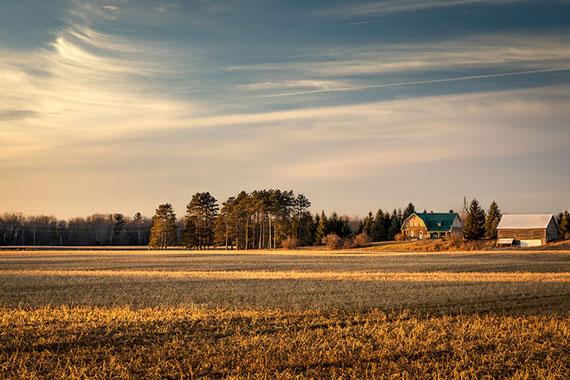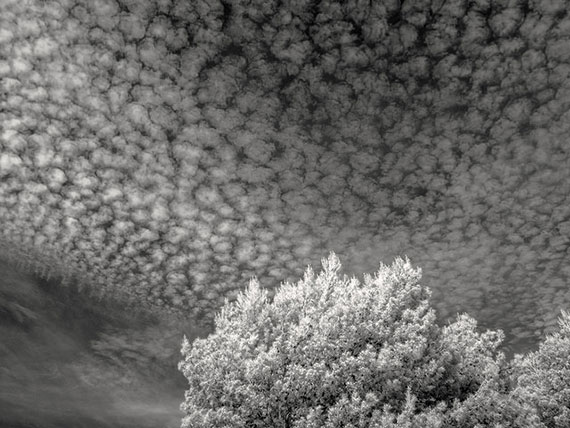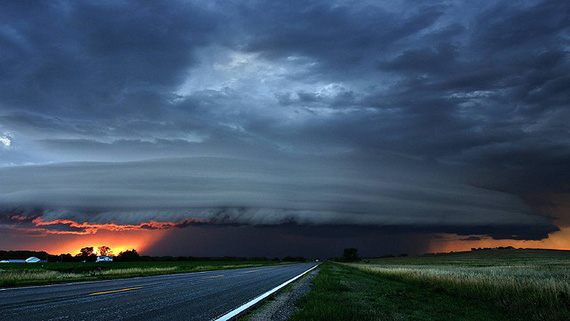Having been a wedding photographer in Sydney for a few years, I’m continually amazed at how much my photography is dependent on weather conditions. What I have found more surprising, however, is how much this has driven me to study weather patterns—clouds, in particular. In a sense, a good photographer is also a good meteorologist. Perhaps you haven’t given much thought to cloud patterns as a photographer. If so, this article is for you, and my goal is to persuade you to become a good meteorologist.

photo by Max-Leonhard von Schaper
In an industry where art and texture are everything, you won’t want to miss the enormous spectre of the sky on your shoot. Growing in your ability to read the clouds will determine and enhance your shoot. There are a few key clouds I encourage you to read and use to your visual advantage.
Cirrus Clouds
First are the “high” clouds, called cirrus clouds. They are atmospheric clouds shaped like white, wispy tufts. When they extend like sheets, they are then known as cirrostratus clouds and have a beautiful veil-like appearance to them. These clouds provide a wonderful textured backdrop to your wedding photos, and when you boost your recovery levels to high in Lightroom, it really emphasizes the texture. You may rest assured that there is low likelihood of precipitation with cirrus clouds.

photo by Chris Collins
Altocumulus Clouds
Secondly, there are the altocumulus clouds, which are at the middle level and are grouped into masses or rolls like cotton balls. They are often rippled and have dark shading, which results in a very epic look, especially if you boost the contrast in post-production. However, they may also signal thunderstorms later in the day, especially when they gather height. In my experience, when you encounter altocumulus clouds, make the most of them, but be sure you have a plan in case light showers do come.

photo by Robert Couse-Baker
Stratus Clouds
Thirdly, there are the typical middle (altostratus) or low (nimbostratus) cloud sheets, which are evenly dull depending on their weight. They color the sky uniformly, reducing it by several shades of dark grey. When photographing in this weather, remember to boost your exposure and leave the rest to post-production. The chance for rain is fairly high, so I recommend you definitely have a wet weather backup plan!

photo by European Southern Observatory
Cumulonimbus Clouds
Finally there are the large, mushroom-shaped clouds called cumulonimbus, which are very tall and dense. These epic clouds often produce lightning, so if you are very daring you may use this to your advantage by capturing a lightning shot in the background as you shoot the bride and groom!

photo by Zooey
I hope this small survey has persuaded you that a good photographer is also a good meteorologist. Rather than despising the weather conditions on your wedding shoot, observe the weather patterns and use them to your advantage.
About the Author:
Dan Au Photography runs on love, vibrance, and personality. As a wedding photographer in Sydney, they deliver story-telling, candid moments, and imaginative concepts. And all with a fun-loving (and quirky!) heart.
- - - - - - - - - - - - - - - - - - - - - - - - - - - - - - - - - - - - - - - - - - - - - - - - - - - - - - - - - - - - - - - - - - - - - - - - - -
Did you appreciate this newsletter? Please help us keep it going by Joining Our Patreon Supporters
What are your thoughts on this article? Join the discussion on our Facebook Page
PictureCorrect subscribers can also learn more today with our #1 bestseller: The Photography Tutorial eBook
- - - - - - - - - - - - - - - - - - - - - - - - - - - - - - - - - - - - - - - - - - - - - - - - - - - - - - - - - - - - - - - - - - - - - - - - - -
The post How to Read Clouds as a Photographer appeared first in the Photography Tips category on PictureCorrect.
from PictureCorrect https://ift.tt/zwS956f
via IFTTT






0 kommenttia:
Lähetä kommentti